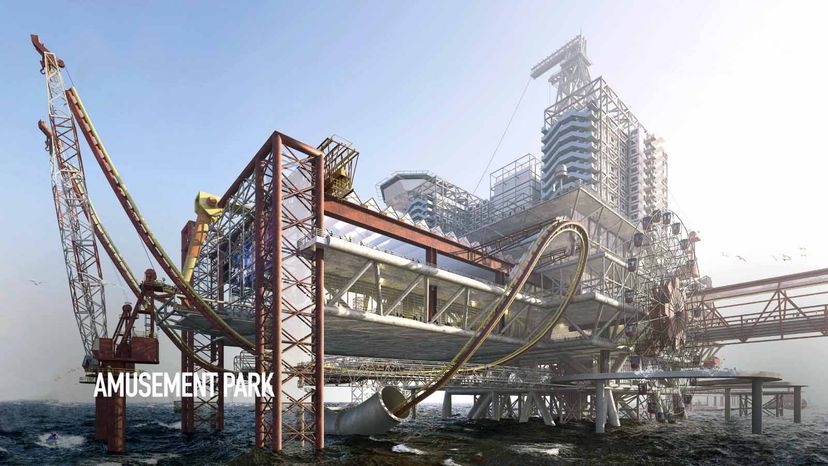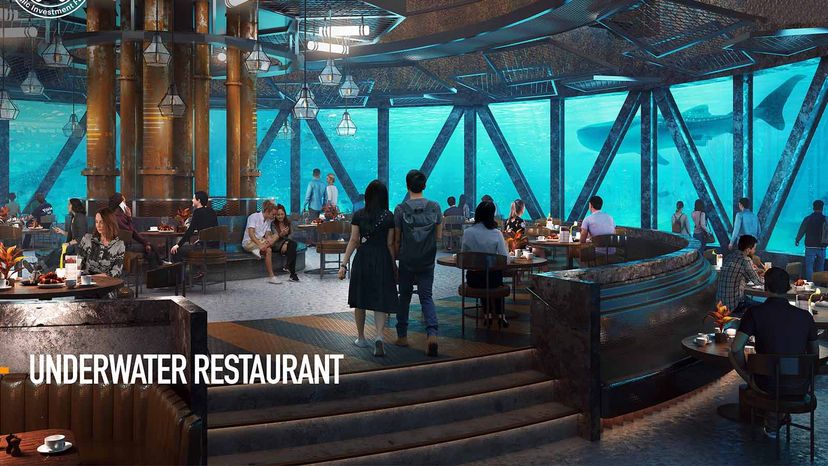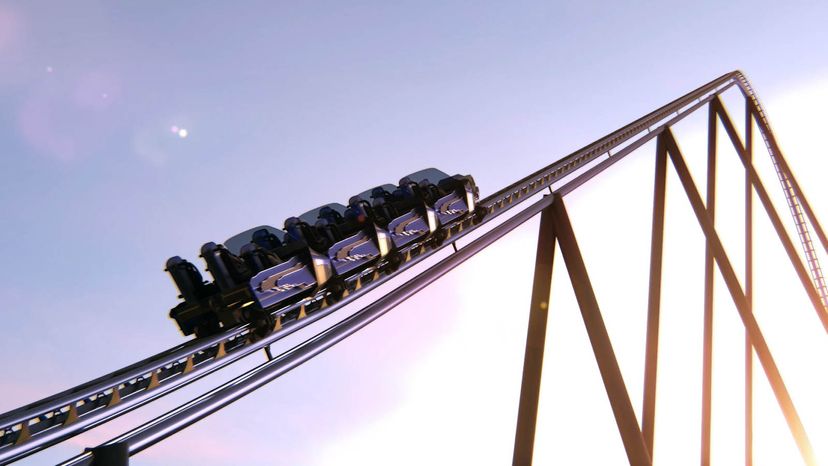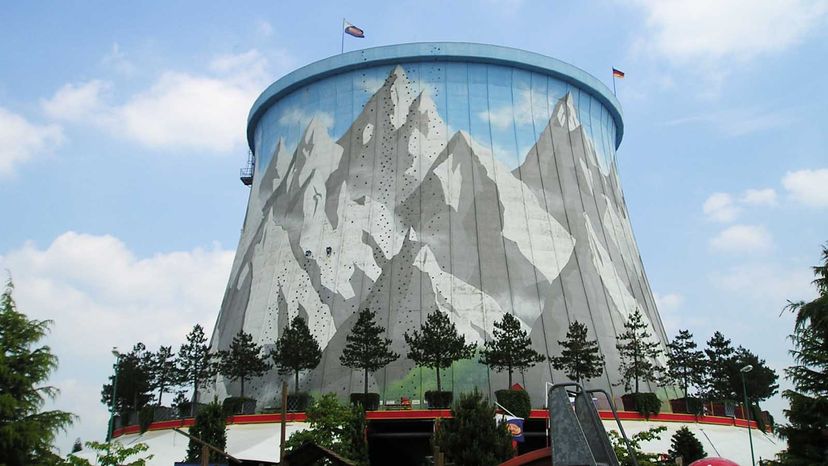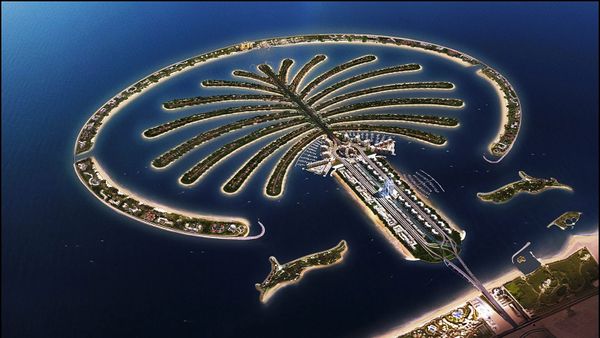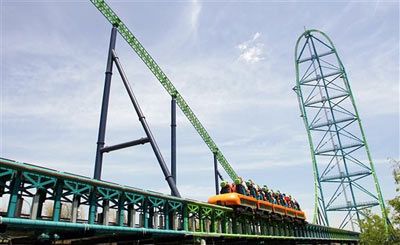The mantra of "if you build it, they will come" has motivated theme park designers for years. In the case of The Rig, building it is one thing, getting tourists to the platform is another challenge entirely. It's unclear what that means for ocean residents and the environment, in general.
"Commitment to protecting the environment is a top priority for the project," PIF said in a press statement. "To achieve this goal, The Rig will create an organization framework that observes and respects global practice with regards to sustainability and conservation with a view to setting new global benchmarks around the further development and preservation of the environment."
It appears that environmental sustainability is a goal for designers, but PIF has described little about the actual application of sustainability or the environmental impact.
What we do know is that for international tourists, it will require at least one flight and one boat ride to get to the offshore attraction. Planes have the worst carbon emissions per passenger at 0.82 CO2e pounds. You can think of it this way, it would take an acre of forest a year to absorb the same amount of CO2 emissions of a one-way flight from London to New York.
Once you arrive in Dammam (the closest airport) you'll take a 90-minute boat ride to The Rig; on average, a ferry emits 0.07 pounds CO2e per rider. Or you could take a cruise ship which is notorious for the harmful impacts of waste disposal, air pollution and the energy it takes to power offshore facilities.
That's just getting there. Construction of the site will require materials manufacturing and transportation of supplies and machines. Once The Rig is open for guests, food and supply imports will have to travel a long way to get to that underwater restaurant.
Some theme parks — like Port Aventura World in Spain — achieve carbon-neutrality through renewable energy resources and supporting environmental projects. So, it's possible that with planning and design, tourists can have both entertainment and sustainability. For the environmental impact of The Rig, there are more questions than answers at this stage of the project.
